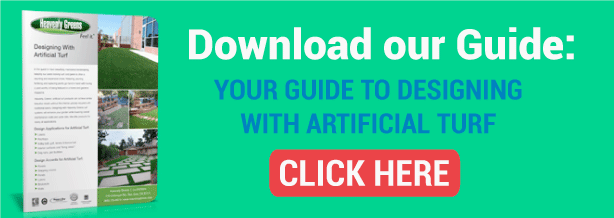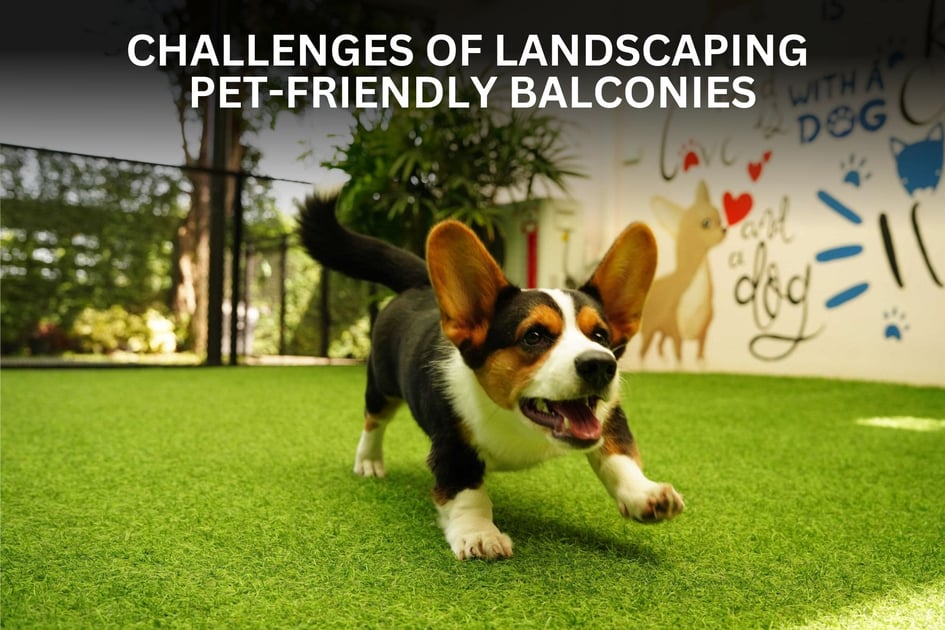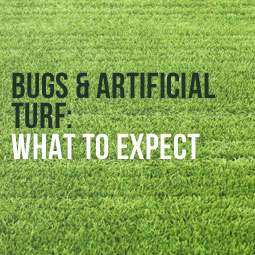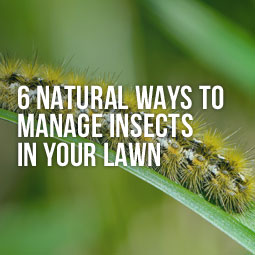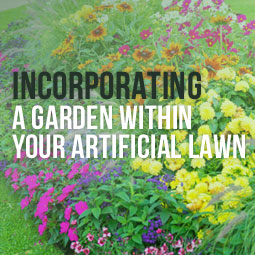
For many people gardening is a relaxing and rewarding hobby. It’s no wonder that each year consumers spend a fortune on beautifying their homes and businesses using flower, herb, and vegetable gardens. From serene country settings to apartment high rises, anyone can create an outdoor garden that provides more oxygen, shade, and a source of food and beauty. The National Gardening Center indicates that spending is up by gardening consumers, and a growing number are in the Millennial age group. But many of these gardening enthusiasts are also finding ways to bring the modern into traditional techniques to improve the convenience of this pastime.
The good news is that homeowners who choose to have an artificial lawn installed don't have to give up their garden to have a beautiful yard or balcony. Before a lawn is installed, the homeowner must make some decisions about how much space they want to dedicate to their garden and where it should be located. It is possible to blend artificial turf with a garden while still retaining a natural look and function of a garden. Here are some tips for making this happen.
Step #1 - Choosing a Space
When choosing a space for your garden, there are a few specific needs you must consider. All plants require both sunlight and water to thrive. Your garden must be put in an area of your lawn that provides both in ample amounts.
Adequate space – Your garden must be big enough to allow for adequate space between plants as well as enough room to work comfortably. Artificial turf can be laid in areas where you want to create walkways and paths to access your garden.
Ample sunlight – Sunlight is important for the growth of your plants. Your garden must be placed in an area of the lawn that is free from shade or shadows from buildings. An artificial lawn does not need sunshine so it is ideal for shady areas of your yard.
Close to a water source – Plants also need water. The placement of your garden should also be based on close proximity to a water supply. Because artificial turf does not require watering, underground irrigation and sprinkler systems are not in use. Having an outside faucet installed will make it easier to run a hose from the house or garage to the live garden.
If you live in an area where the garden plot will be dormant for a portion of the year, you may want to place it as close to the back of the property as possible.
Step #2 - Establish a Water Supply
Gardens need water. If an artificial lawn is in place, you will have to determine how you plan on getting water to the garden without wasting it. Flower gardens that are placed close to the home can be hydrated by an underground line that feeds a sprinkler specifically set up for that location. If you plan on having a vegetable garden that is located away from the home, an outside faucet or installing a drip system may be your best option.
Hose – A hose and manual sprinkler attachment will work well for gardens that are placed away from the home or garage. It can be turned off and on manually and moved as needed to make sure the entire garden receives ample water.
Irrigation or Drip system – For a large garden, installing a small irrigation system allows for the area to have the water it needs simply by turning on the faucet. Although this is a more expensive option than a hose/sprinkler system, it eliminates the need to be present to move the hose or be there to turn the system on and off.
Bucket – If you have a small garden that is located close to the house, carrying water in a bucket may be the simplest and most efficient way of watering your plants. This method reduces waste and makes sure each individual plant gets the water it needs to thrive and grow. It also allows for easy fertilization of the plants.
Step #3 – Installing the Turf
When selecting the artificial turf for your gardening area, it’s important to choose a style of fake grass that blends in well with the live plants and space your garden will occupy. Work with a vendor that has artificial lawn materials that are based on regional grasses.
Eco-friendly – It’s very important that the artificial turf you use is made from earth-friendly and non-toxic materials. Chemicals can easily leach into gardens from the environmental factors present outdoors, so be sure your artificial lawn is made with materials that are not harmful.
Durable – Use an artificial grass that is durable and will last for years. Enhance the look and function of your gardening area with easy-care artificial turf that only needs to be swept or rinsed off from time to time. Extra panels can be kept on hand for quick repairs and changes to your garden space.
Having an artificial lawn does not mean having a garden is impossible. In fact, a well-kept garden that is free of weeds and planted in an orderly fashion, can enhance the look of a home and cause the value of your home to rise. A well-kept flower garden in addition to having artificial grass can actually enhance a home's curb appeal and raise its overall resale value.



